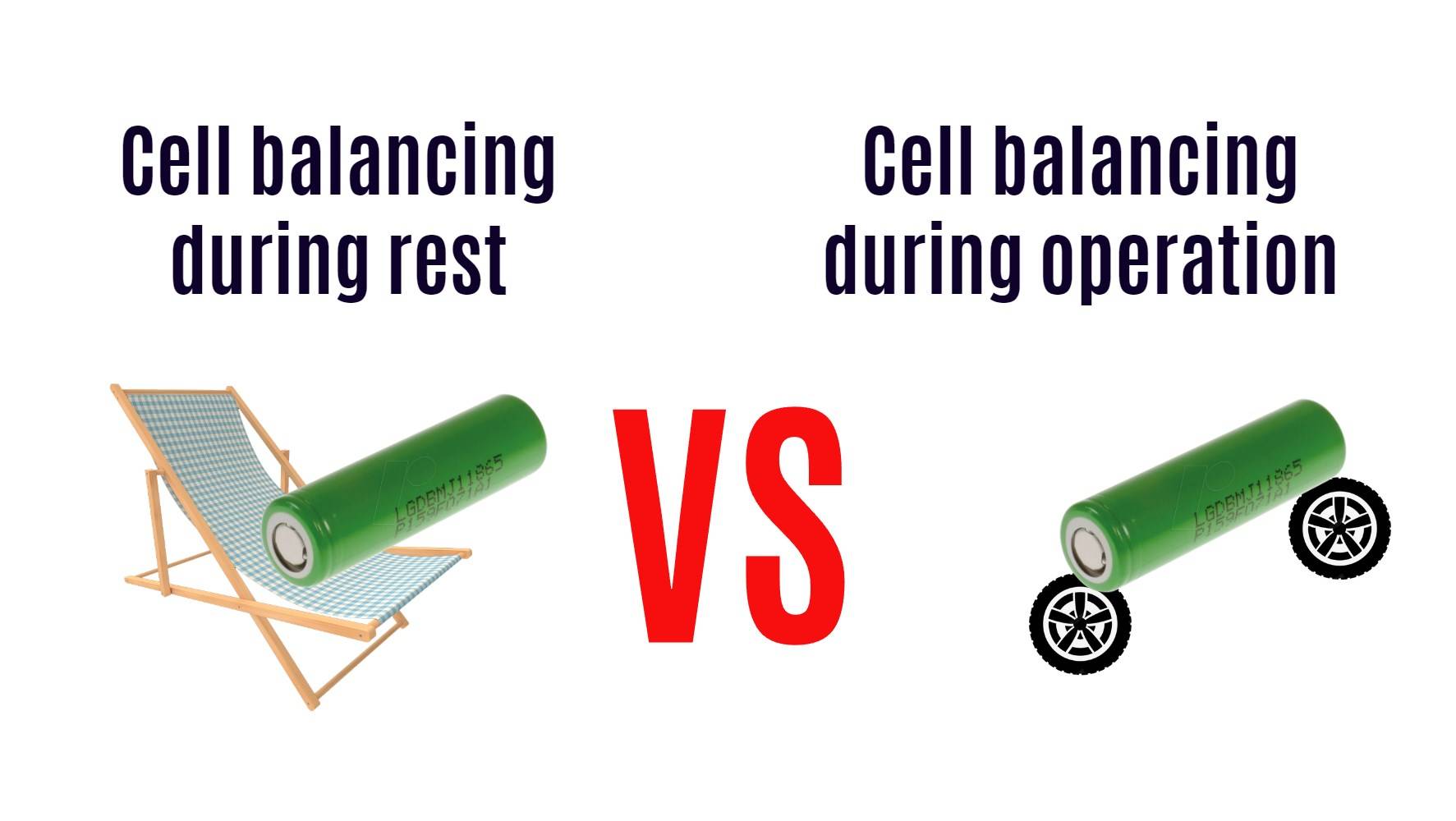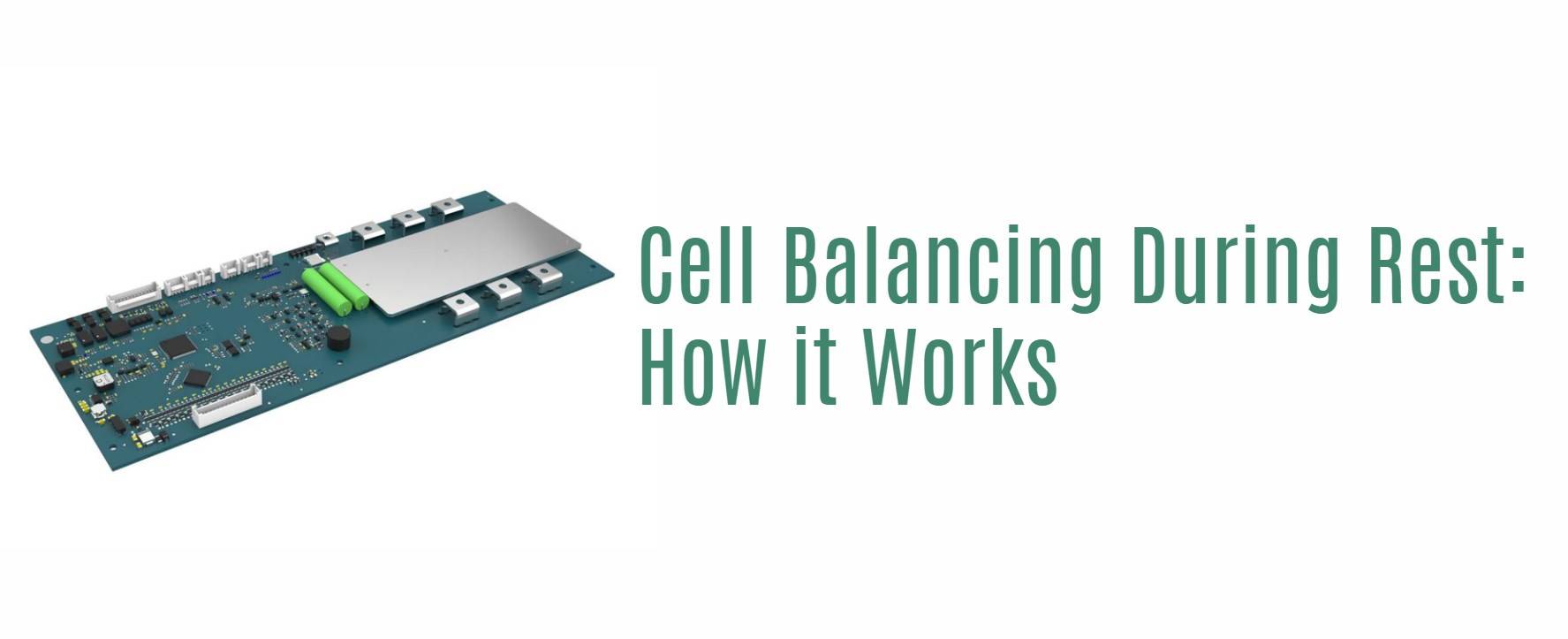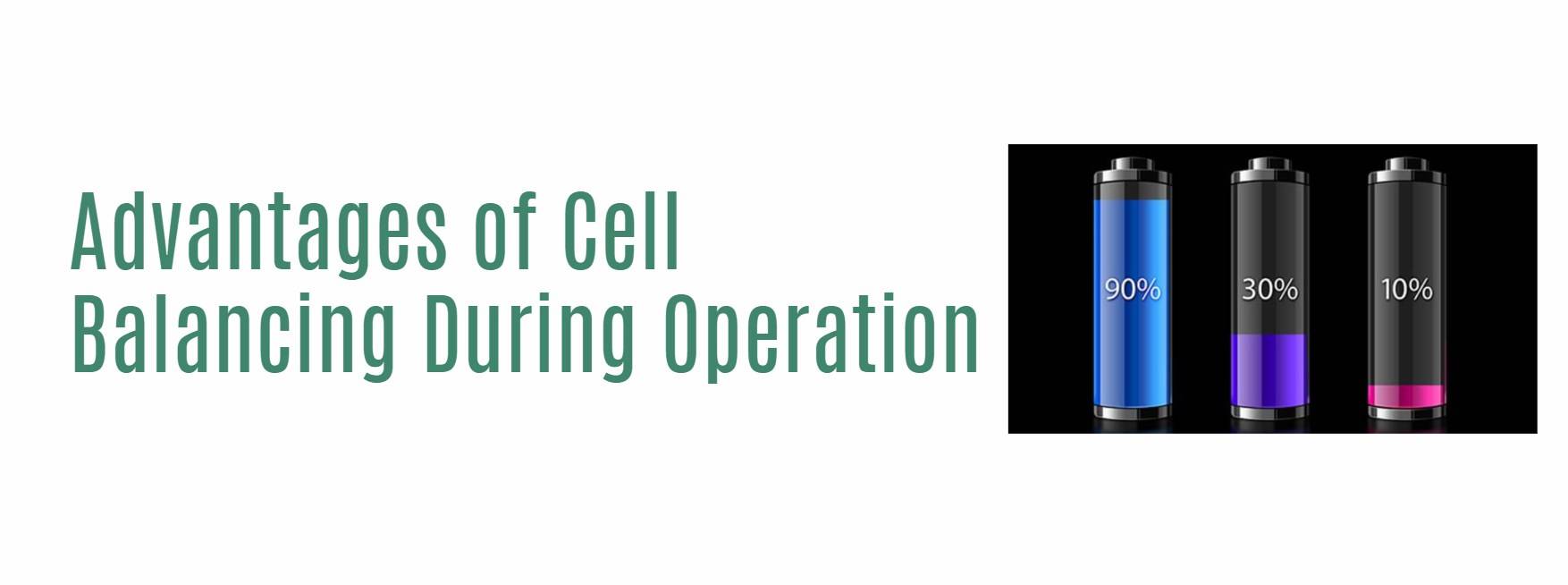- Forklift Lithium Battery
-
48V
- 48V 210Ah
- 48V 300Ah
- 48V 420Ah (949 x 349 x 569 mm)
- 48V 420Ah (950 x 421 x 450 mm)
- 48V 456Ah
- 48V 460Ah (830 x 630 x 590 mm)
- 48V 460Ah (950 x 421 x 450 mm)
- 48V 460Ah (800 x 630 x 600 mm)
- 48V 460Ah (820 x 660 x 470 mm)
- 48V 500Ah
- 48V 560Ah (810 x 630 x 600 mm)
- 48V 560Ah (950 x 592 x 450 mm)
- 48V 600Ah
- 48V 630Ah
-
48V
- Lithium Golf Cart Battery
- 12V Lithium Battery
12V 150Ah Lithium RV Battery
Bluetooth App | BCI Group 31
LiFePO4 Lithium
Discharge Temperature -20°C ~ 65°C
Fast Charger 14.6V 50A
Solar MPPT Charging - 24V Lithium Battery
- 36V Lithium Battery
- 48V Lithium Battery
-
48V LiFePO4 Battery
- 48V 50Ah
- 48V 50Ah (for Golf Carts)
- 48V 60Ah (8D)
- 48V 100Ah (8D)
- 48V 100Ah
- 48V 100Ah (Discharge 100A for Golf Carts)
- 48V 100Ah (Discharge 150A for Golf Carts)
- 48V 100Ah (Discharge 200A for Golf Carts)
- 48V 150Ah (for Golf Carts)
- 48V 160Ah (Discharge 100A for Golf Carts)
- 48V 160Ah (Discharge 160A for Golf Carts)
-
48V LiFePO4 Battery
- 60V Lithium Battery
-
60V LiFePO4 Battery
- 60V 20Ah
- 60V 30Ah
- 60V 50Ah
- 60V 50Ah (Small Size / Side Terminal)
- 60V 100Ah (for Electric Motocycle, Electric Scooter, LSV, AGV)
- 60V 100Ah (for Forklift, AGV, Electric Scooter, Sweeper)
- 60V 150Ah (E-Motocycle / E-Scooter / E-Tricycle / Tour LSV)
- 60V 200Ah (for Forklift, AGV, Electric Scooter, Sweeper)
-
60V LiFePO4 Battery
- 72V~96V Lithium Battery
- Rack-mounted Lithium Battery
- E-Bike Battery
- All-in-One Home-ESS
- Wall-mount Battery ESS
-
Home-ESS Lithium Battery PowerWall
- 24V 100Ah 2.4kWh PW24100-S PowerWall
- 48V 50Ah 2.4kWh PW4850-S PowerWall
- 48V 50Ah 2.56kWh PW5150-S PowerWall
- 48V 100Ah 5.12kWh PW51100-F PowerWall (IP65)
- 48V 100Ah 5.12kWh PW51100-S PowerWall
- 48V 100Ah 5.12kWh PW51100-H PowerWall
- 48V 200Ah 10kWh PW51200-H PowerWall
- 48V 300Ah 15kWh PW51300-H PowerWall
PowerWall 51.2V 100Ah LiFePO4 Lithium Battery
Highly popular in Asia and Eastern Europe.
CE Certification | Home-ESS -
Home-ESS Lithium Battery PowerWall
- Portable Power Stations
How Does Cell Balancing Work During Rest and Operation in Battery BMS?

Cell balancing in Battery Management Systems (BMS) is crucial for maintaining battery health and efficiency. It ensures that all cells within a battery pack are charged evenly, which prolongs battery life and optimizes performance. There are two primary methods for cell balancing: active and passive balancing, each with distinct operational characteristics during charging and discharging cycles.
How does cell balancing work in Battery Management Systems (BMS)?
Cell balancing operates by equalizing the charge across all cells in a battery pack. This process can occur during charging or discharging phases. When cells are imbalanced, the overall capacity is limited by the weakest cell, leading to reduced performance and lifespan. Effective BMS designs incorporate algorithms that manage this process, ensuring that energy is redistributed efficiently among cells, whether they are being charged or discharged.Chart: Overview of Cell Balancing Mechanisms
| Mechanism | Description | Operation Mode |
|---|---|---|
| Active Balancing | Transfers charge between cells | During charging/discharging |
| Passive Balancing | Discharges higher voltage cells to balance | Primarily during charging |
What are the different techniques for cell balancing?
There are two main techniques for cell balancing: active and passive.
- Active Balancing: This method transfers energy from higher voltage cells to lower voltage ones using inductive or capacitive methods. It is efficient but requires more complex circuitry.
- Passive Balancing: In this simpler method, excess energy from higher voltage cells is dissipated as heat through resistors. While easier to implement, it is less efficient as it wastes energy.
Chart: Comparison of Active vs Passive Balancing
| Feature | Active Balancing | Passive Balancing |
|---|---|---|
| Efficiency | High | Low |
| Complexity | High | Low |
| Cost | Higher | Lower |
| Energy Redistribution | Yes | No |
Why is cell balancing necessary during battery operation?
Cell balancing is essential during operation to prevent overcharging or over-discharging individual cells, which can lead to reduced capacity, thermal runaway, or even catastrophic failure. By ensuring that all cells maintain similar states of charge (SOC), the overall efficiency and safety of the battery system are enhanced.
How does cell balancing differ during rest and operation?
During operation, particularly when charging, active balancing techniques are often employed to manage SOC dynamically as loads change. In contrast, during rest periods, passive balancing may be utilized to ensure that any discrepancies in charge levels are addressed without the need for active energy transfer, thus conserving energy.
What are the advantages and disadvantages of active cell balancing?
Advantages:
- Maintains optimal SOC across all cells.
- Reduces thermal stress on individual cells.
- Prolongs overall battery life through efficient energy management.
Disadvantages:
- Higher complexity leads to increased costs.
- Requires more sophisticated control algorithms.
- Potentially higher energy loss during transfer.
How does passive cell balancing operate?
Passive cell balancing operates by bleeding off excess charge from higher voltage cells to bring them down to the level of lower voltage cells. This method is straightforward and cost-effective but can lead to energy loss as heat, making it less desirable for high-performance applications.
What challenges arise with cell balancing at rest?
Balancing at rest presents unique challenges such as reduced effectiveness due to lower current levels and potential capacity loss from balanced cells. Additionally, if a BMS only balances during charging, it may not adequately address imbalances that develop while the battery is idle.
Industrial News
Recent advancements in Battery Management Systems have highlighted the importance of continuous monitoring and dynamic balancing techniques. Companies like Zitara have introduced solutions that facilitate real-time balancing across multiple cells, significantly reducing downtime caused by imbalances. As electric vehicles and renewable energy storage systems become more prevalent, these innovations are crucial for enhancing battery reliability and efficiency.
Redway Power Insights
“Effective cell balancing in BMS is not just about managing charge levels; it’s about ensuring longevity and safety in battery systems,” explains an industry expert. “As technology evolves, we see a shift towards more sophisticated active balancing methods that promise greater efficiency without compromising cost-effectiveness.”



























